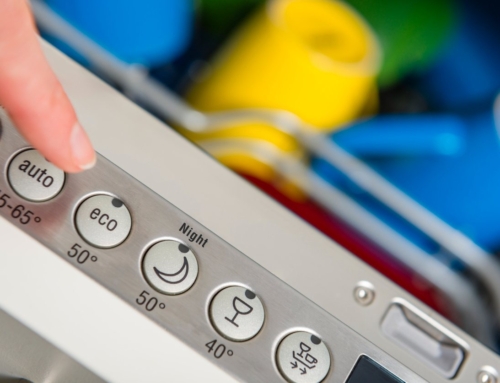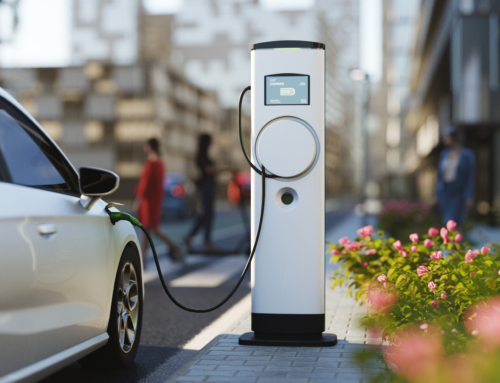Winter is the time when heating your home becomes a necessity. However, traditional heating solutions like gas heaters can run up your electricity bills and harm the environment. Their carbon emissions contribute to global warming, slowly changing the climate.
Thankfully, you can still be warm and comfortable while being mindful of the environment. One way to do this is by choosing sustainable heating options. By emphasizing environmental sustainability, people today can ensure that future generations will enjoy natural resources.
But what is the most sustainable way to heat your house when the temperature drops? Here are different options to explore for your living space.
Green Heating Solutions to Consider for Winter
This winter, consider adopting these environmentally-friendly ways to keep your home warm and cozy.
1. Solar Heating
Solar heating uses the sun’s energy to heat air or liquid. With this green heating method, you have the option to use a hydronic collector or an air system to deliver heat directly to a room or store it for later use. Hydronic collectors heat your interior space using a system that pushes liquids through metal tubes, whereas air systems blow air through ducts and vents. You can reduce installation costs by selecting a format compatible with your current HVAC system.
With a solar heating system, you won’t have to rely on a fossil fuel-based power grid to keep your house heated. Even though you’ll have to pay for the installation up-front, you won’t have to worry about high heating expenditures in the future.
2. Pellet Stoves
Pellet stoves are like wood stoves but instead burn pellets made from renewable sources. Also, they generally have higher heating efficiencies and combustion than wood-burning appliances. As a result, pellet stoves produce minimal air pollution. This makes them suitable for homes, condominiums, or apartments. However, it’s best to select a stove size appropriate for your space to avoid underheating or overheating.
Pellet stoves are one of the most cost-effective options among all other sustainable heating options since the stoves themselves are affordable. In addition, you’ll be using low-cost pellets made from products that are normally tossed away, like sawdust and switchgrass. Compared to a traditional wood stove, a pellet stove requires less room and doesn’t call for chopping and storing wood.
3. Modern Wood Burners
While wood burners didn’t have a stellar reputation in the past, new models are among the most efficient and eco-friendly heating solutions today. They are more efficient than fireplaces and can heat entire homes. You can also use sawdust pellets with some models, not much different from what pellet stoves use. Nevertheless, a wood burner may be a more cost-effective and convenient option for you if you harvest firewood on your property or you want maximum heat output. Keep in mind that pellets may be hard to come by where you live, making wood burners among the most practical sustainable heating options.
4. Masonry Heaters
Masonry heaters are the middle ground between pellet stoves and wood burners. They are one of the most compact, sustainable heating options that offer the aesthetics of fireplaces. They work by burning wood and trapping heat in brick chambers, then distributing the heated air for up to 24 hours. The weaving chimney design is mainly responsible for radiating heat indoors instead of releasing it straight outside. Since masonry heaters burn wood quickly, they create less pollution.
5. Space Heaters
Space heaters today have come a long way from their predecessors in that they are now safer and more efficient at heating small areas. Many modern units even have thermostats and timers that ensure your space maintains a comfortable temperature while you still save energy. For instance, you can set the heater on a timer if you don’t need to heat your bathroom round-the-clock. If you’re looking to further save money and energy in winter, a small space heater may be a better option than a central heating system. However, make sure to follow safety instructions carefully to minimize fire risks.
6. Wind Power
Like solar power, wind power is also among the top sustainable heating options since it taps into renewable energy. Keep in mind that you don’t need a giant windmill to catch wind power and use it to create heat. With a smaller, residential wind turbine connected to a power generator, you can use the blades’ turns to convert wind power into electricity. Your system will work hand-in-hand with a hydronic system that pumps heated water through your pipes to heat your home. However, this option is ideal if your location has good airflow and doesn’t restrict turbine installation.
7. Geothermal Heating
The U.S. Environmental Protection Agency (EPA) cites geothermal heating as the most environmentally friendly and efficient among other sustainable heat sources. Generally, a geothermal heating system functions by using warm, underground temperatures to heat your place. Although this system involves a considerable investment, it can pay for itself within a few years and last for decades. More importantly, you can expect significant savings on future energy bills while staying green.
Enjoy eco-friendly winters by switching to Spring Power & Gas. To learn more about sustainable heating options and our energy plans, contact us today.




![Top 11 Sustainable Building Practices for Eco-Homes [Plus 5 Sustainable Materials]](https://springpowerandgas.us/wp-content/uploads/2023/02/iStock-181062267-500x383.jpg)

